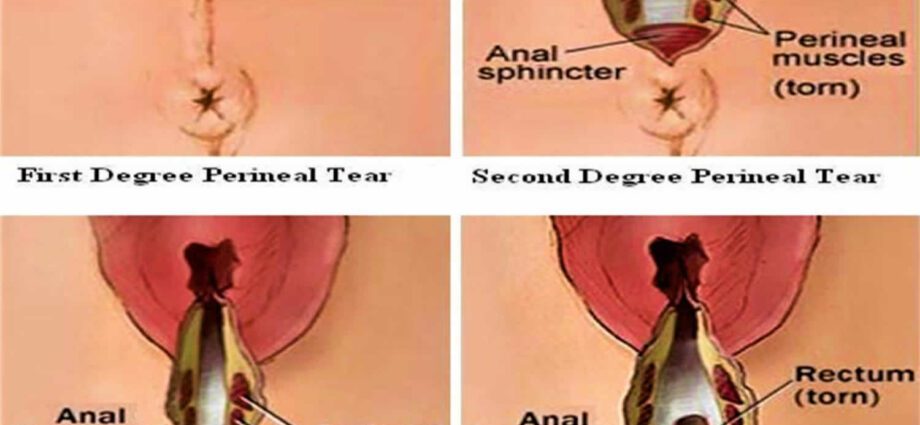Contents
The perineum, a key organ
The perineum is an unrecognized part of the body that is often discovered to exist during pregnancy. Yet it is a key organ that we must try to preserve as much as possible.
The perineum is a set of muscles that make up the “bottom” of the pelvis. Its ceiling is the diaphragmatic dome, its sides and its frontal part are formed by the abdominal muscles. At the back of the perineum we find the spine, and below the perineal floor. The perineum is thus a kind of base which retains the viscera (spleen, intestine, bladder, uterus, kidneys), which is why we also speak of ” pelvic floor “. The perineum has several layers. The first, visible, is formed by the vaginal lips, the clitoris and the region between the vagina and the anus. The second layer consists of the urethral sphincters, which keeps the bladder closed, and the anal sphincter, which closes the rectum. Finally, above, the third layer which contains the muscles inside the vagina.
The perineum, a very strained muscle
The muscles of the perineum help maintain organs, balance abdominal pressures and continence : sphincters ensure the opening or closing of the bladder. The muscles of the perineum also play an important role in sexuality. The more toned the perineum, the more pleasure you feel during intercourse. In men, this muscle allows better control of ejaculation. When functioning well, the perineum reacts to abdominal pressure in order to maintain the balance of forces, necessary for good pelvic statics. But over time, certain factors can weaken it, and the balance is no longer maintained. The consequences can be urinary incontinence (or even fecal) and organ descent (or prolapse). Knowing and understanding the anatomy of your perineum therefore allows you to avoid bad habits, identify risk factors and consult your doctor when necessary.
There are many risk factors
- In women, during childbirth, the baby’s descent can affect the tissues.
- Repeatedly carrying heavy loads, especially for professional reasons
- Constipation which sometimes leads to pushing to have a bowel movement, a chronic cough or the fact of pushing when urinating, so many pressures exerted on the perineum
- Obesity also weighs on the perineum
- Hormonal aging and weakening of muscles and tissues lead to loss of support for the viscera (risk of organ descent)
- Surgical procedures (such as prostate surgery in men) can sometimes cause temporary or more lasting damage to the perineum.
- The practice of certain sports (running, jumping, fitness, etc.) causes an increase in the pressure exerted on the perineum linked to impacts on the ground and the contraction of the abdominal muscles. According to some studies, more than half of female athletes suffer from urinary incontinence.
Pregnancy and perineum
It is during pregnancy and during childbirth that the perineum is most strained. It then undergoes the additional pressure associated with the increase in the size and weight of the uterus, weight to which is added that of the amniotic fluid and the baby. Thus, in the third trimester of pregnancy, nearly one in two women experiences urinary leakage due to increased pressure on the perineum. Childbirth poses a risk to the perineum. The bigger the baby, the greater the cranial perimeter, the more its passage is likely to stretch the muscles and nerves of the perineum. After childbirth, sessions are strongly recommended to restore tone to the perineum.










